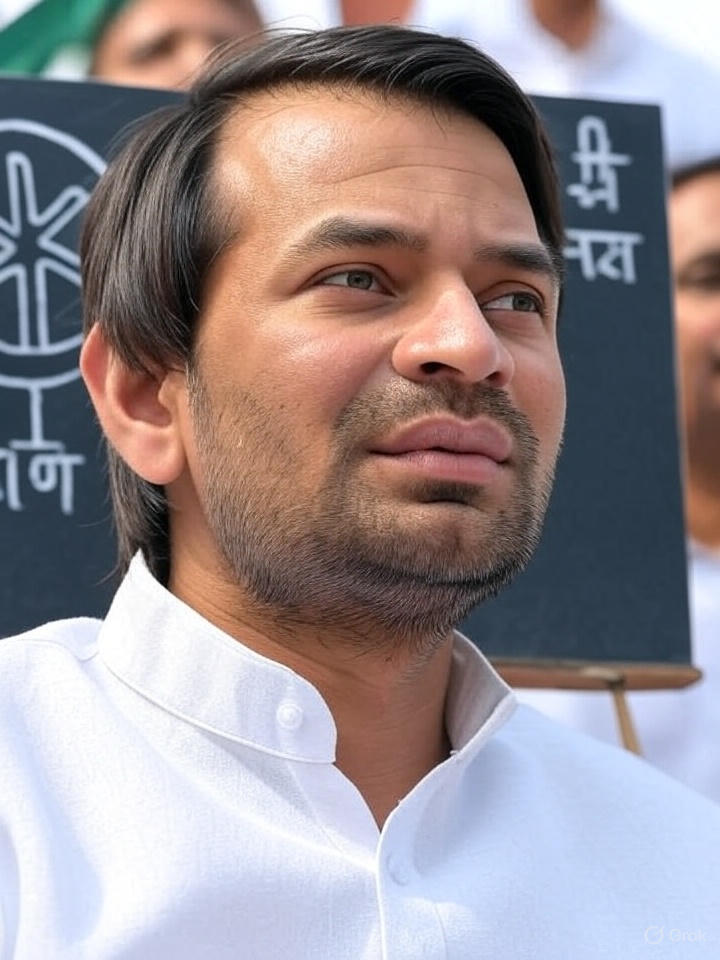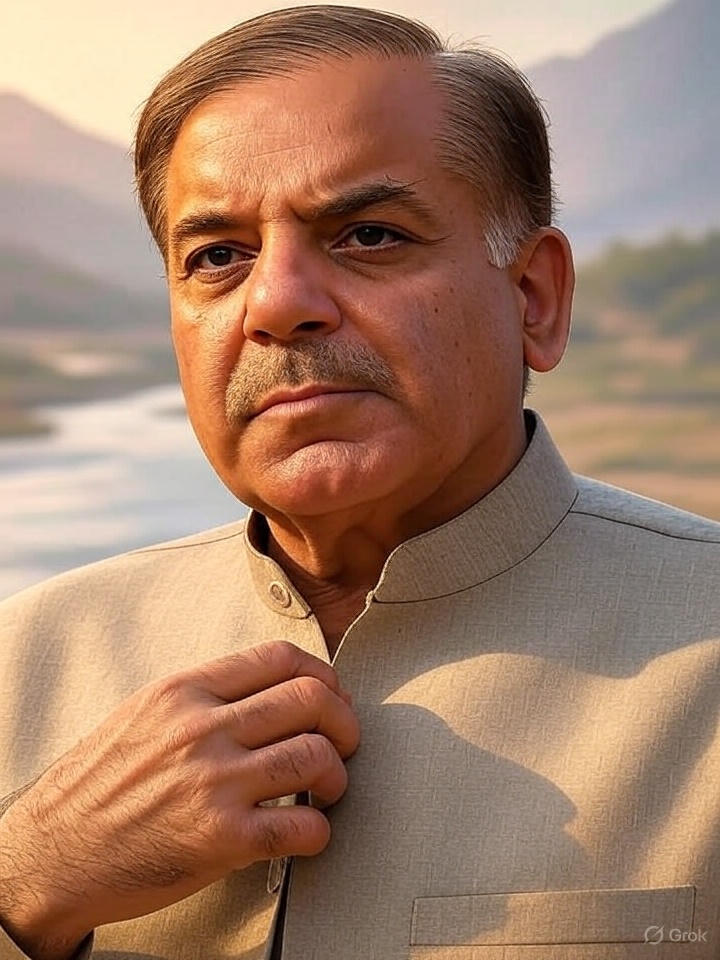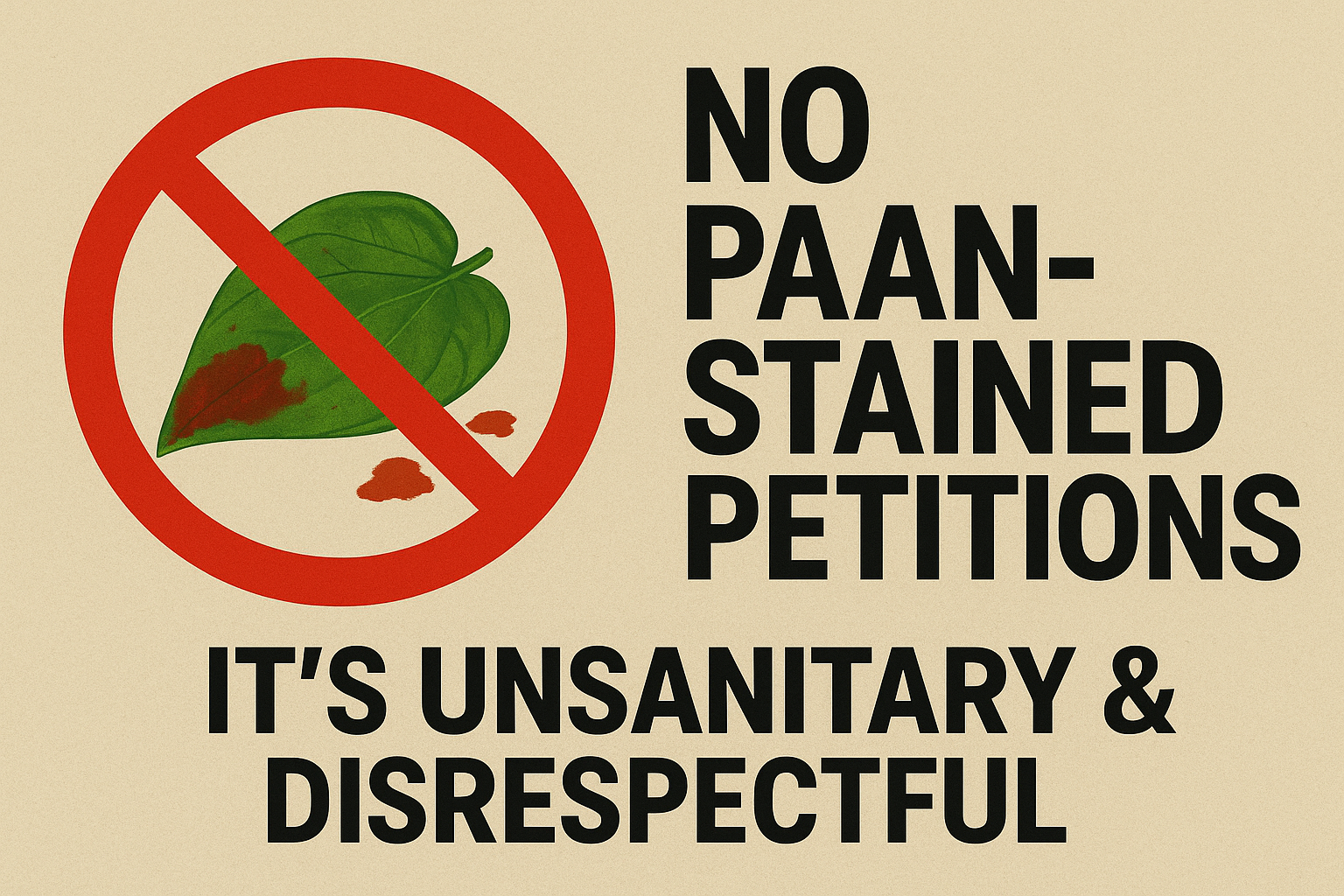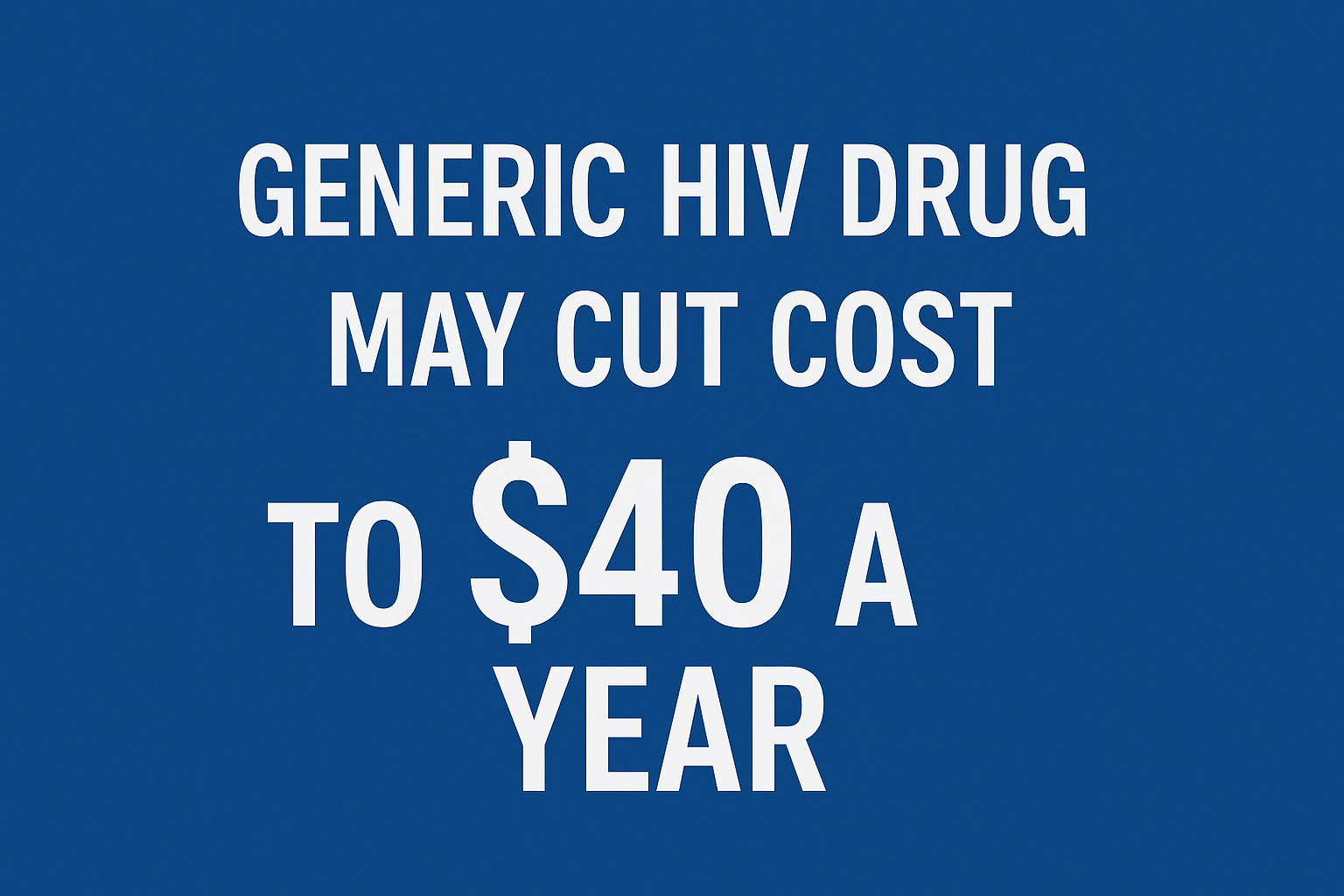
Seaweed farming is quietly transforming the coastal economy of India. Once ignored by policymakers and overlooked in mainstream agriculture, this ocean-based livelihood is now gaining momentum—thanks to its low investment cost, high ecological benefits, and its ability to uplift women from some of the country’s most underserved regions.
India’s 7,500-kilometer coastline is rich in marine biodiversity. Over 844 seaweed species are found here, yet fewer than 60 are commercially cultivated. Until recently, seaweed farming was largely confined to Tamil Nadu and Gujarat. But with new policy support under the Pradhan Mantri Matsya Sampada Yojana (PMMSY), this is changing. The government now aims to increase seaweed production to 1.12 million tonnes by 2030—marking a major leap forward for India's blue economy.
What makes seaweed farming stand out is its accessibility. It doesn’t require fertile land, freshwater, or expensive inputs like fertilizers and pesticides. It grows naturally in seawater, reduces carbon dioxide levels, and improves ocean health. For a climate-stressed world, it offers a unique model of sustainable food and resource production.
But seaweed’s biggest impact may be social—especially for women. In many coastal areas, women make up nearly 60% of the seaweed workforce. From cultivating seaweed on floating rafts to processing and selling it, women are taking charge. In Odisha’s Chilika Lake, over 100 trained women now grow Gracilaria, a red seaweed that matures in just 45 days. A small 100-acre plot can help a woman earn up to ₹10,000 a month—a game-changer in regions where employment is seasonal and scarce.
This financial independence is encouraging women to form self-help groups and cooperatives, transforming them into entrepreneurs. Seaweed isn’t just sold raw anymore; it’s turned into high-protein snacks, organic fertilizers, biodegradable plastics, and skincare products. These value-added products have opened up new markets and income streams.
Startups are also getting involved. Gabriella D’Cruz, founder of Good Ocean, emphasizes that seaweed farming close to shore allows women to work without leaving their communities. Meanwhile, Devleena Bhattacharya of ClimaCrew is building digital tools to connect seaweed farmers with buyers using real-time data, science, and logistics support. These innovations are laying the foundation of a scalable and tech-driven seaweed economy.
According to the Council on Energy, Environment and Water (CEEW), seaweed farming in Odisha alone could generate over ₹800 crore by 2030. This projection doesn’t even account for the nationwide potential if more states adopt seaweed as part of their coastal livelihood missions.
Despite its promise, seaweed farming still faces barriers—especially awareness. Most local panchayats, SHGs, and development agencies have little information or training in seaweed cultivation. It is rarely included in government schemes for rural employment or women's empowerment. If mainstreamed into state policies, skill development programs, and coastal welfare projects, this sector could revolutionize India’s rural economy.
Seaweed farming aligns with national priorities like Atmanirbhar Bharat, women-led development, and climate action. But it needs broader recognition and support to reach its full potential.
As India prepares for a more sustainable future, it may find powerful answers not just on its farmlands or factory floors—but beneath the waves. Here, women are leading a quiet but powerful revolution, growing seaweed and with it, new hope for coastal prosperity.



.jpeg)


.jpeg)




.jpeg)

.jpeg)


.jpeg)


.jpeg)

.jpeg)